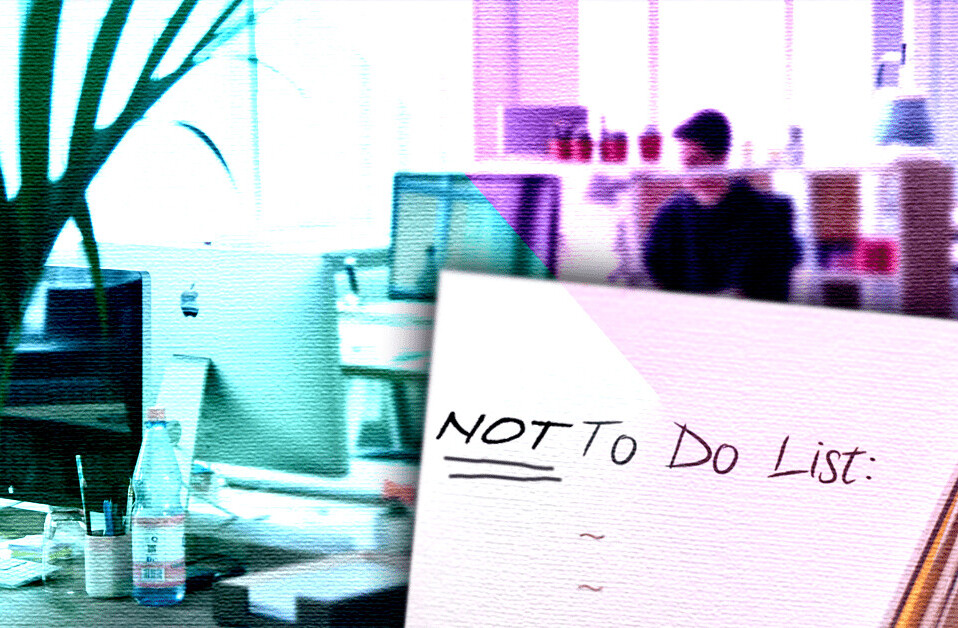
The day I announced to our team that we would be closing our offices indefinitely in response to rising COVID-19 case counts and government mandates was surreal, to say the least.
We were lucky enough to already have a remote infrastructure in place, and while our core team operated out of our Chicago headquarters, I made sure to get in touch with our dispersed colleagues as well. Our remote workers in Dallas wanted to know how Chicago’s situation compared to theirs; our employees in Dubai and India wondered how our situation compared to theirs, and how high caseloads would rise in the future. It was clear no one expected real answers; I think they just wanted to talk.
There were notes of positivity in the team calls that followed which gave me some relief. One teammate was eager to start a Zoom happy hour every Friday; another suggested more shoutouts during the weekly team conference call, knowing we could all use some extra support. So many of the great ideas coming from our team would become a standard as we shifted toward a fully remote workforce.
Soon after, I began to hear online chatter about “The New Normal.” This phrase, repeated over and over again across tweets, op-eds, think pieces and status updates, seemed to refer to something we were all experiencing, yet could not really define.
Having reflected on everything I’ve heard, seen, and read, I can’t say I’m convinced by this impending shift in the way we work. In fact, from my perspective, rejecting “The New Normal” is the only way forward for companies that want to retain the growth and trust they’ve worked so hard to build in the days before COVID-19.
[Read: COVID-19 canceled doctors’ office visits — these startups are bringing the doctor to you]
What you build
Employees come to work for you every day because they enjoy their responsibilities and feel they’re fairly compensated in terms of salary and benefits. Why they stay, however, is more intangible. At UpstartWorks, we’ve always encouraged team dinners, group exercises, and multiple opportunities per year for our remote employees to be physically present with the rest of the team. All of these events helped build camaraderie and brought a greater understanding of each individual member’s strength within the team.
All of this disappeared in early March. Over the past few months, we’ve seen the ways companies have tried to adapt, yet the limits of remote communication remain painfully clear. There’s no impromptu water cooler conversation when every meeting must be scheduled in advance and held remotely. Concepts like ‘casual Fridays’ didn’t mean much while we all wore sweatpants and t-shirts every other day of the week. And while there’s a certain warmth in getting to know your employees better, learning whose neighbor just bought a new lawnmower probably isn’t what videoconferencing was made for.
These issues were balanced against many of the statistics coming out around the time — facts and figures I still find dubious. If remote workers really do work an average of 1.4 days more per month, then where is that time coming from? Did we lose out on the next great innovation by not having two coworkers from different departments exchange ideas over a coffee break? Did we forego an extended lunch hour to make a new coworker feel welcome? The sudden urge to measure everything in minute-to-minute productivity felt like a parody of the company culture most startups avoid at all costs.
More alarming were the statistics — always presented positively — could save $2000 or a similar sum on rent and overhead by having a remote team. This never read like a revelation — I was already aware that I paid for office space, and did so gladly to give my team a place to collaborate.
Running a business isn’t about pinching pennies at every step — it’s about creating a path toward better growth year-over-year and day by day, working alongside your best talent.
Suddenly, the regular business expenses we relied on to thrive were suddenly called into question — all in pursuit of mastering a new normal I felt less and less inclined to agree with. To see whether or not my feelings made sense, I turned to the rest of the team — and was shocked by what I found.
The old normal
Here in Chicago, companies like ours are beginning to reopen, with social distancing having changed the layout of our offices, hand sanitizer bottles always within reach, and facemasks required in all common areas. Whatever additional measures the CDC and local officials present, we’re ready to implement them as quickly and safely as possible.
Knowing all this, we presented the return to some in-office work as optional for our employees. Those who wanted to return could; those who weren’t yet ready could continue working remotely. In short, we left it up to the employees — and listened to what they had to say.
On our last fully-remote team call, many employees expressed their dissatisfaction with working from home every day. Issues with internet connectivity and home office constraints were mentioned, yet the bigger surprise was hearing how we all wanted the chance to truly work together once more. It wasn’t hard to share these concerns – the difficulty was in meeting the challenge to bring us together again.
I’ve seen the new normal presented as an opportunity to double down on tech. More than one company has pitched their VR chat platform as a way to ‘be together remotely’ and essentially counteract the distance now between us. These tools are merely a means of facilitating communication — the actual value we derive from working together is always a matter of team culture.
There’s no app to replace that, and that’s a good thing. Your team’s culture is what will bring you through the crisis — everything else is just another way to stay in touch.
Get the TNW newsletter
Get the most important tech news in your inbox each week.




